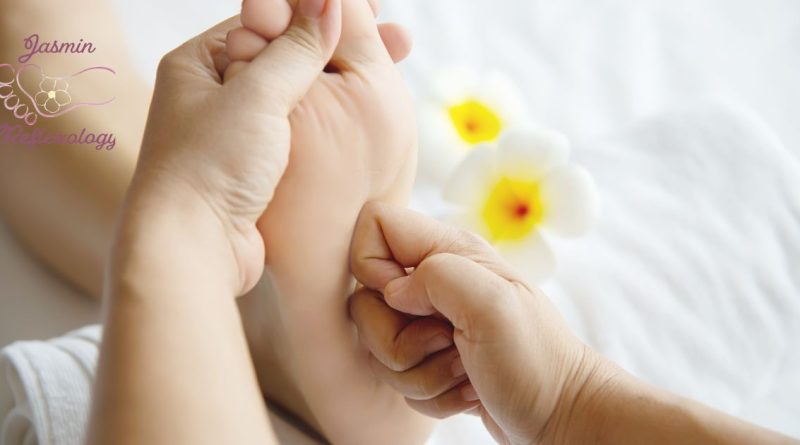Whenever we experience muscle pain or anxiety, we often like to get a massage. The gentle touch on the body relaxes our minds and muscles, filling us with new energy to tackle daily tasks. But did you know another effective therapy, reflexology, has the same benefits for overall health but is applied on specific body parts? Some people might have it but don’t know much. Worry not. In this blog, we are sharing how reflexology works. But before that, let’s learn what reflexology is so that those who don’t know about the therapy can also understand it better. We promise that after reading the blog, you will have complete knowledge of reflexology and how it works. So, let’s begin!
Definition of Reflexology
So, if you ask, “What is reflexology?” It’s a hands-on therapy that involves gently pressurising the specific points of the body. Also known as Zone therapy, reflexology is performed on ears, feet, and hands. The process uses thumbs, fingers, and hand massage without oil or lotion to apply pressure to body parts for at least 30 to 60 minutes. However, depending on the package provided by the reflexologist or individual, the session can go longer.
Where did Reflexology begin?
Before learning how reflexology works, you also need to know where it started. So, reflexology was performed earlier in ancient Egyptian, Chinese, and North American civilizations. In China stone carvings represented ancient healing techniques, including therapies for feet. Similarly, in India reflexology symbols are thought to have been recorded on the feet of Buddha statues. This therapy was used as a form of therapy and healing over 12000 BC.
The Evolution of Reflexology
To learn how reflexology works on the body, we also need to understand how it evolved throughout the years because ancient practice greatly differed from the present. Modern reflexology came into existence in the 1920s when Dr. William Fitzgerald discovered that pressurising specific areas on fingers and toes could numb them and heal them quickly. Later, in the 1930s and 1940s, physiotherapist and nurse Eunice D. Ingham modified the therapy mapping feet and hands. She called it zone therapy and is known as the pioneer of modern reflexology.
How Does Reflexology Work
We have learned most of the things about reflexology therapy. Now, let’s scroll down and learn how reflexology works on the body.
Stimulates Nerve System
The pressure applied to hands, feet, and ears during a reflexology session is believed to send calming messages to the central nervous system. It can calm the body and mind and help us relax by lowering tension. It can even treat health conditions caused by the nervous system.
Improves Circulation
Reflexology stimulates nerve endings, releasing tension and reducing nervous system blockage. It can also improve lymph movement, which contributes to better blood circulation. Better blood flow helps clean organs, improving body function and overall health.
Relieves Pain
If you are wondering how reflexology works on the body, pain relief is another point to note. Reflexology promotes chemicals like endorphins and enkephalins, which contain painkilling properties. Getting a reflexology session once or twice every week for a month can help you put pain at bay forever. Depending on the condition, the need for reflexology sessions would differ.
Additional Benefits of Reflexology
Here are some amazing benefits of getting a reflexology that you might not have heard of:
-
Boosts Immunity
As we mentioned above, reflexology improves blood flow, releases toxins, and encourages endorphin release. These things strengthen the immune system, allowing you to stay healthy for a long time.
-
Improves Digestion
Applying pressure to specific points can promote better digestion, so reflexology is also good for the stomach. Massaging beneath the ball of the foot can benefit the stomach while pressuring the arch can support the small intestine.
-
Corrects Hormonal Imbalance
Reflexology can flush out excess cortisol and return the body to its natural state. It can also work on the pituitary, thyroid, adrenal, and ovary glands, which are responsible for hormone production and regulation.
How Does Reflexology Work: A Guide To Healing
After reading this blog, you must have learned what is reflexology and how does it work. The therapy has a long history and has been benefiting people for centuries. From kids to senior citizens, everybody can enjoy the benefits of this therapy. So, as you have learned how does reflexology works, stop waiting! Find out the best reflexology service provider near you from the internet, book an appointment, and heal yourself.

